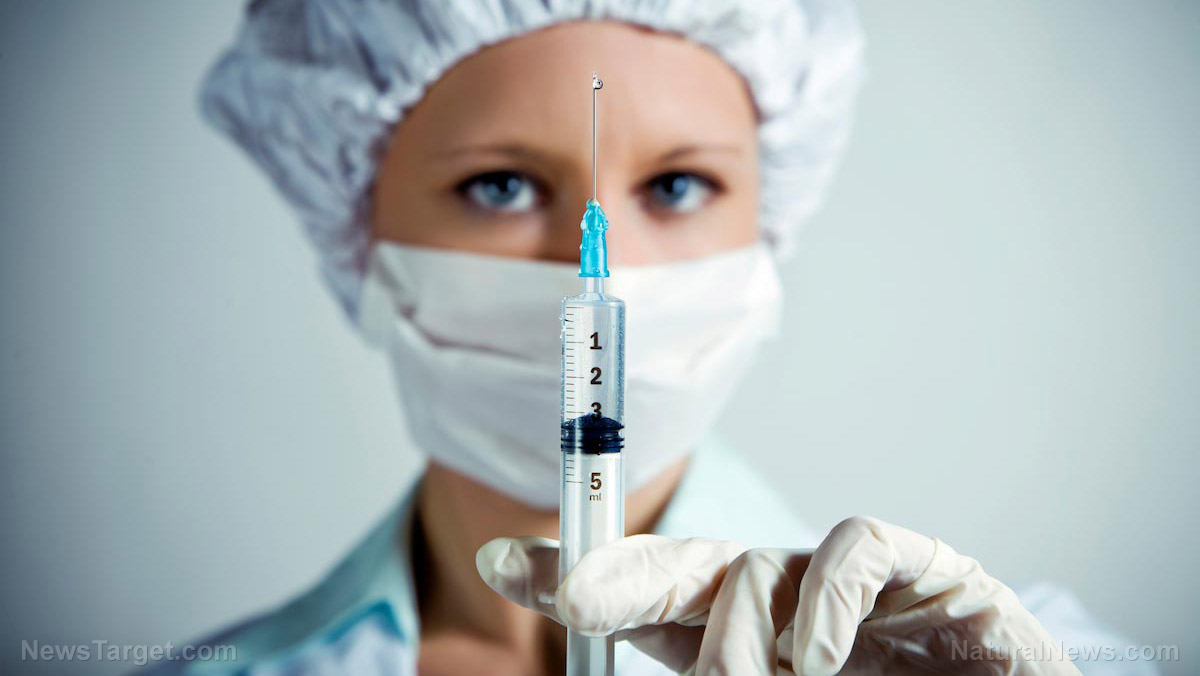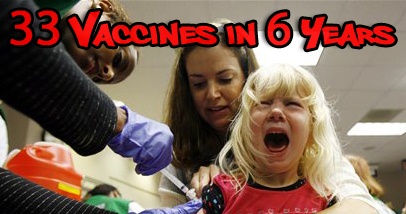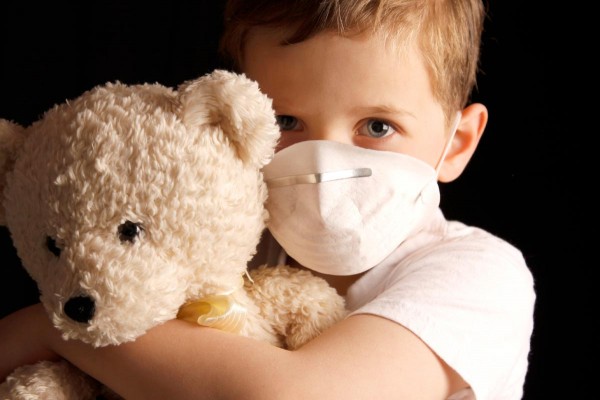Is your dog or cat autistic? Pet vaccinations could be the cause
04/29/2017 / By S.D. Wells

Autism is a neuro-developmental disorder that shows up during infancy or childhood through learning impairments and behavioral disorders. Autism occurs when synapses and nerve cells in the brain get blocked, disrupted, altered or disturbed by chemicals. We now know that autism affects over 20 million people, but how many pets are affected? It is a statistical fact that autism rates skyrocketed when the CDC drastically increased the vaccine schedule for children, which now includes up to 50 jabs, some in combination, before age seven.
It’s no wonder why vaccines cause autism, since they often include brain-damaging mercury, formaldehyde, wild viruses that are genetically hybridized (called recombinant), and even infected monkey kidney cells. Any animals that are shot up with neurotoxins over and over are more susceptible to having their central nervous systems permanently disrupted, causing brain disorders and behavior problems as well.
In parallel with the spike of autism rates in American children, pets are now showing similar rates of behavioral disorders, mostly reported among people’s dogs. What behaviors in these dogs mirror those of autistic children? Let’s take a close look at what may be a canine autism epidemic.
Aggressive bull terriers that have chronic health conditions and are obsessed with chasing their own tails
In 2011, Nicholas Dodman, DVM, observed that 85 percent of bull terriers of a litter studied were so obsessed with tail chasing that it resulted in self-maiming. His study was presented at the American College of Veterinary Behaviorists in 2015, where Dr. Dodman reported the autistic-like conditions in mostly male dogs, who also featured “explosive aggression, partial seizures, phobias, skin conditions, gastrointestinal issues, object fixation, and the tendency to shy away from people and other dogs.” Sound familiar? It sounds like just about every autistic child in America, who suffers a similar fate with their devastated gut health and impaired relationships to other children. Just as with male children, male dogs are five times more likely to have symptoms of autism spectrum disorder. Coincidence?
Most MDs and veterinarians blame genetics for autism, because if they blamed vaccines, they could lose their license to practice medicine
For nearly a century, the AMA (American Medical Association), the FDA (Food and Drug Administration) and the CDC (Centers for Disease Control and Prevention) have been in the business of pushing chemical medicine for profits. The AVMA (American Veterinary Medical Association) is no different. They denounce anything organic, natural, homeopathic or holistic. In fact, according to the AVMA, as a veterinarian, if you don’t push chemical-based drugs on pets, you’re basically worthless. AVMA refers to homeopathy as “… an unproven and useless modality, at best.”
So how many toxic vaccines does the average pet get stuck with? In just the first year of a puppy’s life, the chemical-pushing quacks of veterinary medicine want you to inject your pet with massive doses of neurotoxic inoculations, including distemper, measles, parainfluenza, parvovirus, and multiple periodic doses of rabies and DHPP. Yes, that’s just in the first year. Then AVMA wants to push some dangerous heart worm medications too. Take a wild guess what ingredients are in the rabies vaccine for dogs. Zoetis, Merial and Merck all manufacture rabies vaccines for dogs. All three vaccine brands contain thimerosal (50 percent mercury). Still think autism is genetic?
“Canine Dysfunctional Behavior” is just veterinarian’s fancy lingo for autism
Just as with human infants and children, pets suffer from extremely dangerous adverse reactions to vaccination. It’s actually quite common. From seizures and paralysis to auto-immune diseases and massive swelling at the injection spot, the carcinogenic ingredients in today’s vaccines cause chronic health problems that are more often than not permanent. Just as parents of children do, pet owners notice major behavioral changes immediately following vaccination.
Some of the most noticeable and commonplace are those that take place after the rabies vaccine, which coincidentally and auspiciously is the only federally mandated inoculation for pets. Plus, the dose is the same for the 3-year version as the 1-year version, and the size and weight of the pet is not taken into consideration.
How much injected mercury does it take to turn a child or a pet autistic? The American Medical Industrial Complex will never run that study. Period. As noted earlier, chemical-based medicine is a money-making Ponzi scheme, where people spend a fortune to get inoculations and medications, only to find themselves and their pets returning to doctors and veterinarians with chronic health problems that seem to pop up out of nowhere.
Currently, the animal vaccine industry is worth over $6 billion and is expected to be worth over $11 billion just seven years from now. What’s that tell you? It’s all one big racket based on injecting known neurotoxins into babies, puppies and kittens and wondering later on, “what’s wrong with little Joey?”
Find more news on pet health at PetHealth.news.
Sources for this article include:
Tagged Under: autism, autism in pets, pet health, Pet vaccines, pets with autism, rabies vaccine, rabies vaccine ingredients, toxic vaccines




















